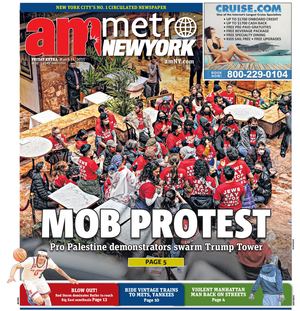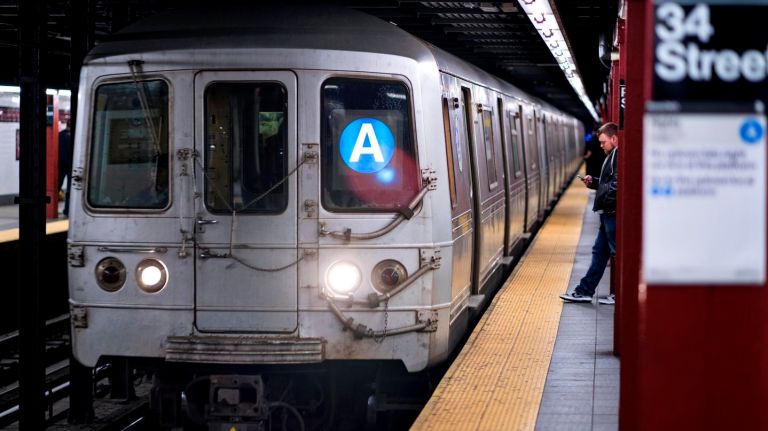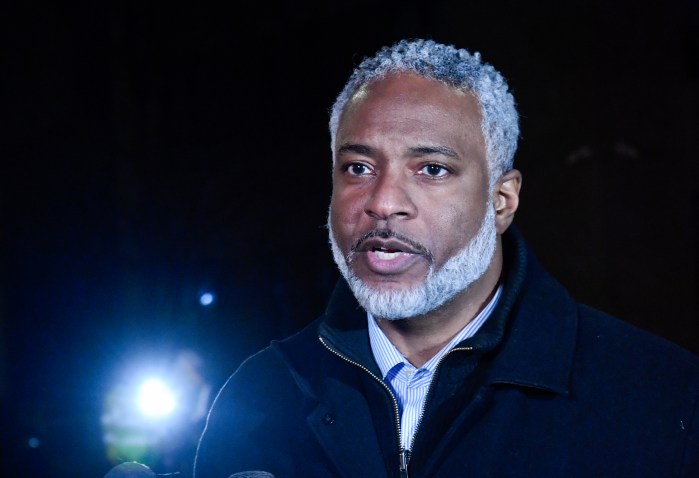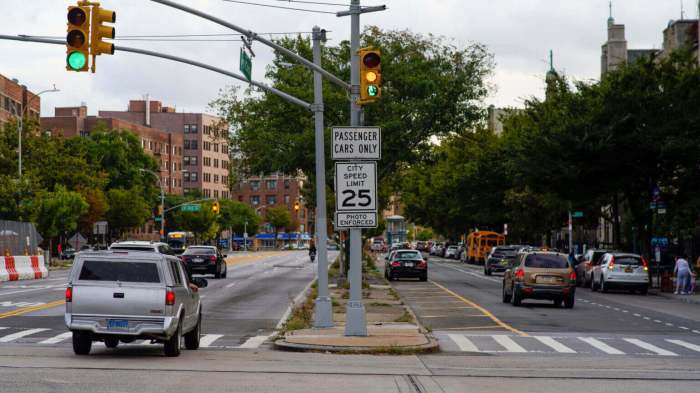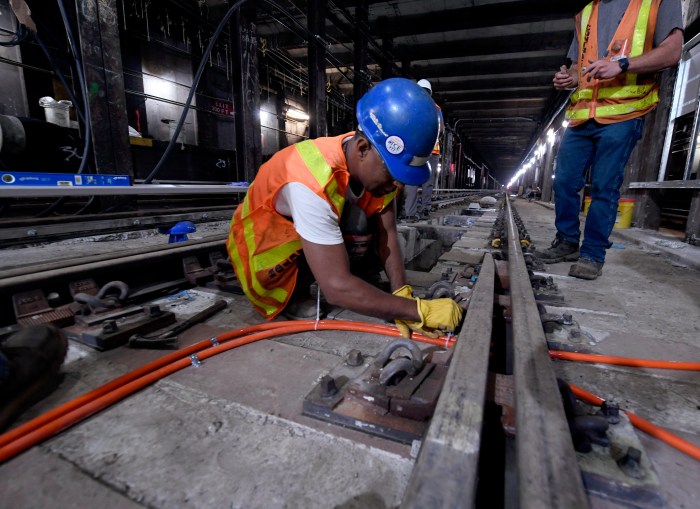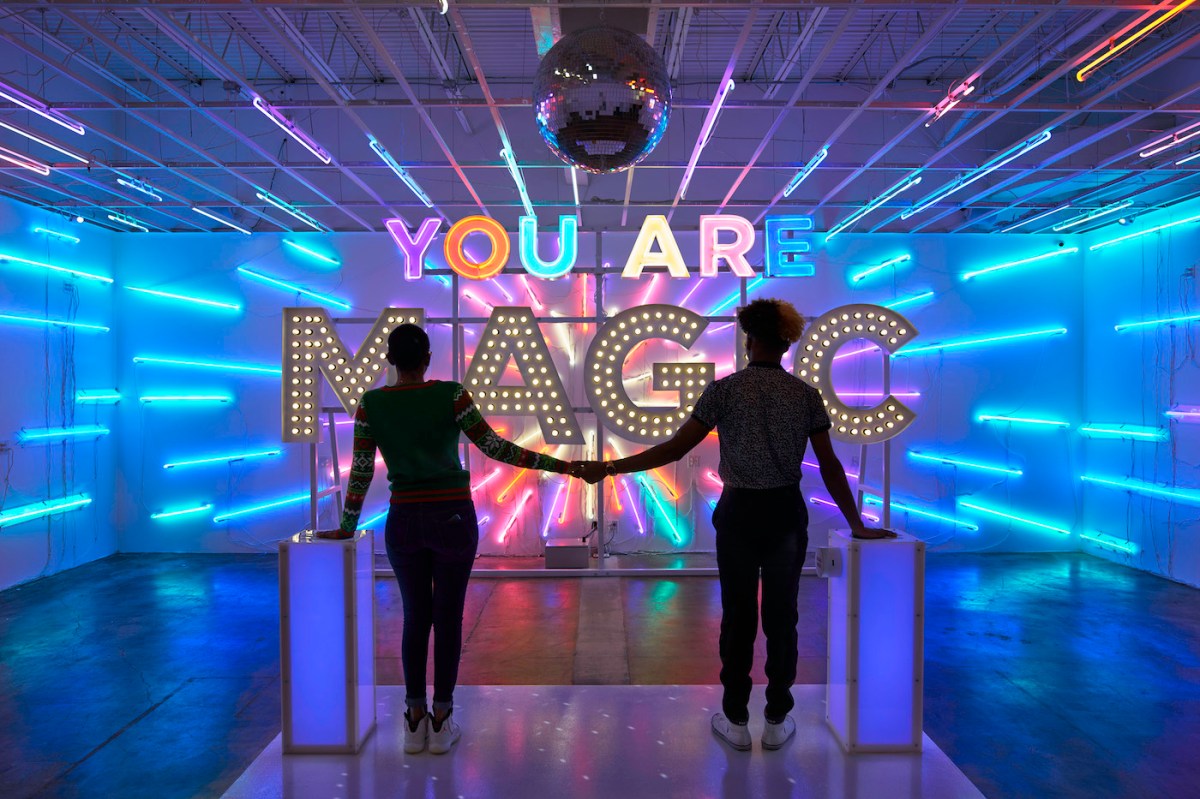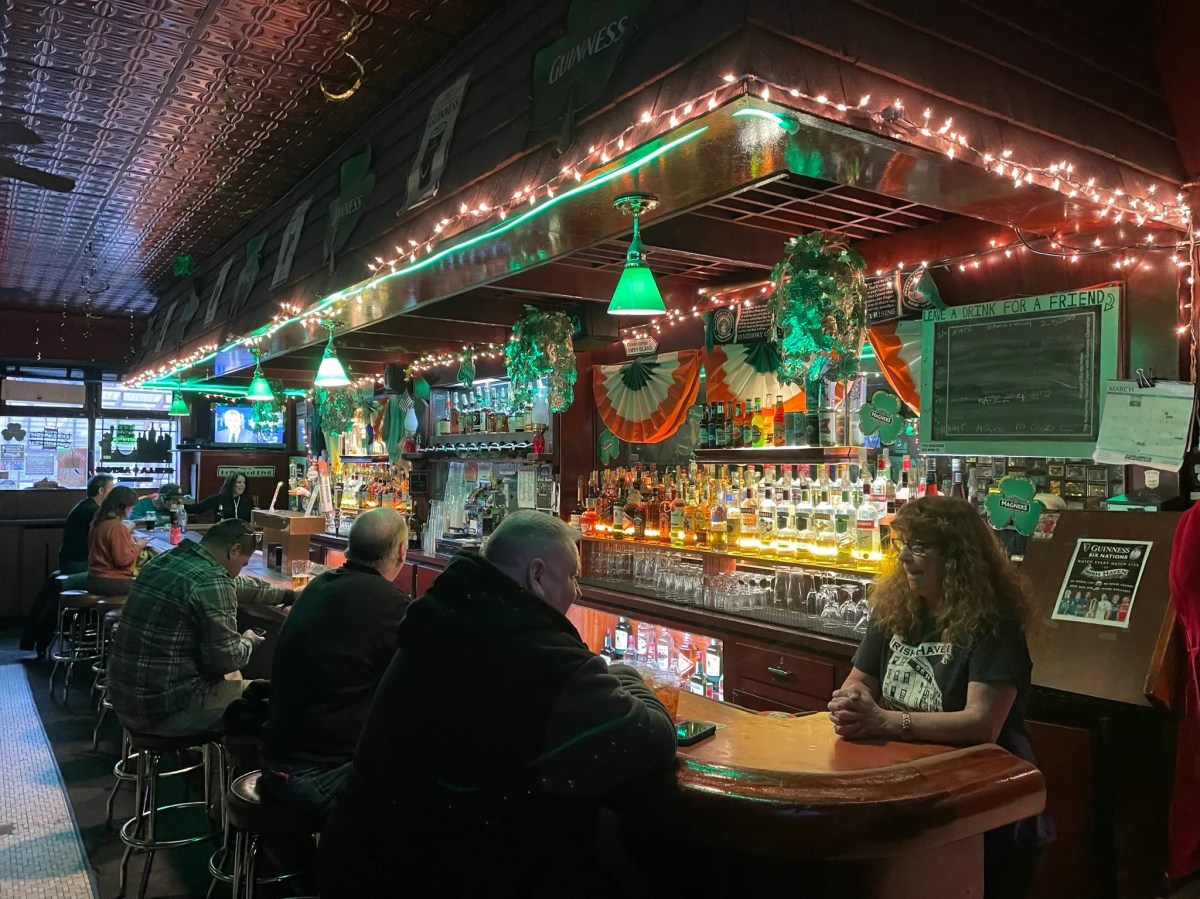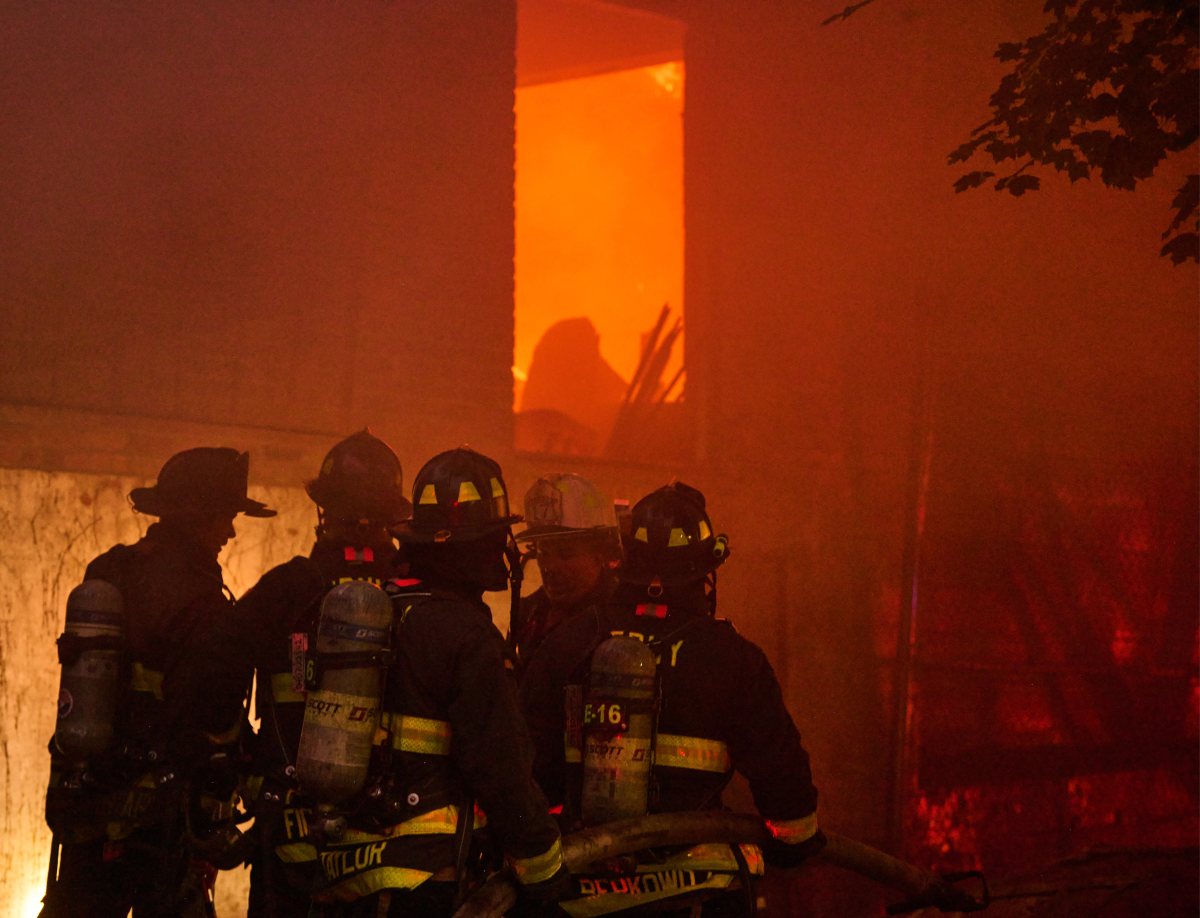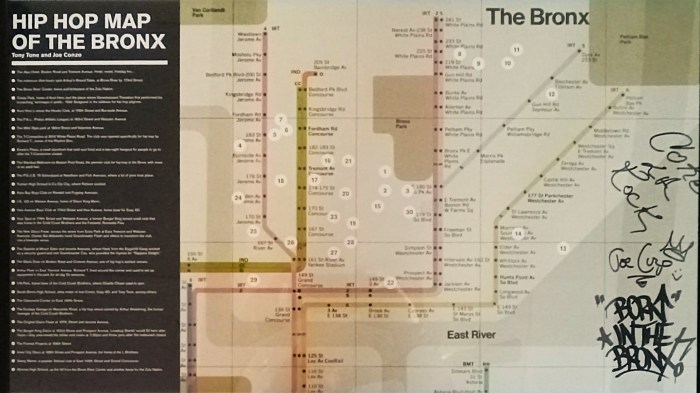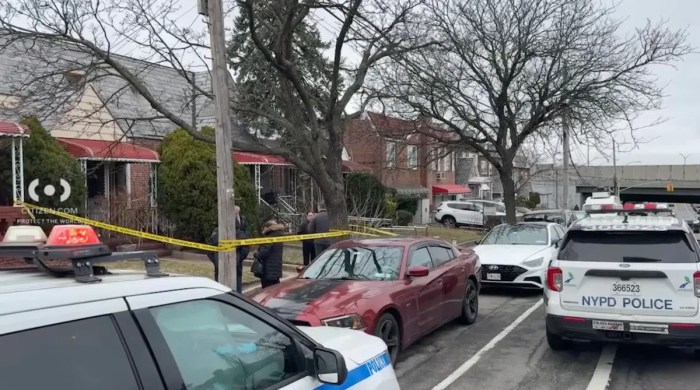It’s a quicker way to get to Harlem.
A trains are running faster after Metropolitan Transportation Authority officials upped speed limits on stretches of the line and worked to move trains better in and out of its yard uptown.
The effort is part of a four-year-old initiative rolled out by former New York City Transit President and “train daddy” Andy Byford to speed up subways around the Five Boroughs, and his successor, Rich Davey, said Monday that the MTA is looking at expanding the program.
“The Department of Subways is piloting the service delivery and reliability initiative on the A line that safely increases speed limits in a variety of segments to match modern engineering policy,” Davey told MTA board member during monthly meetings on Sept. 19.
“We’re excited to scale these efforts that we’ve been seeing on the A line across other lines.”
The MTA increased speed limits at the following sections in Manhattan and Brooklyn:
- W. 4th Street from 20-25 miles per hour
- 135th Street from 30-40 mph
- 145th Street from 10-15 mph over four switches
- 175th Street from 20-30 mph
- Liberty Avenue from 25 mph to now between 35-39 mph
To ease congestion of trains going in and out of its yard uptown during rush hours, transit officials deployed more supervision and platform personnel at Dyckman Street and 207th Street, and they adjusted schedules to reflect when trains actually leave the terminal so that they don’t get stuck waiting behind another train.
“207th street has been a challenge for us, particularly with getting trains out on time,” said Senior Vice President for Subways Demetrius Crichlow.
NYPD also deployed cops to get people off the trains who stay on board after the last stop, according to officials.
“We had a challenge with some population of riders who were a little more challenging to get off of the trains,” said Crichlow.
The rate of trains running on time, which the MTA counts as within five minutes of schedule, increased from June to August by 5.4% to 73.7%.
The A was among the worst rated lines in the system, with only 41% of straphangers satisfied with it, according to a rider survey from the spring.
“The dirty secret of the A train is that, on a lot of parts of the line, local service is as fast as the express,” said Danny Pearlstein, a spokesperson for the transit advocacy group Riders Alliance, who also lives uptown. “In a lot of parts uptown, the [local] No. 1 train is just as fast as the [express] A train, which is embarrassing.”
The MTA will likely up speeds on the D and F trains next, which commuters also gave among the worst ratings in the system, at 40% and 43% satisfaction respectively.
“We chose the A line because it is one of the more challenging lines, we didn’t want to start with one that was a little more easy,” said Crichlow. “The A line is a challenge, it has so many terminals that feed off of it, it’s impacted by so many other lines, but if you can make a difference on the A line you also improve other lines like the C, which is also another line that we’ve struggled with.”
NYC Transit has made 48 speed increases around the system so far this year, according to MTA spokesperson Mike Cortez.
The agency will increase speeds at a few more spots on the A line, Cortez added.
“It’s a huge success story of the past few years and is responsible for the greatest reduction in subway delays,” Pearlstein said. “The speed unit’s work should give everyone confidence that the MTA can do things right.”
Former Transit chief Byford vowed to return subway tempos to higher levels after decades of reduced speed limits as a result of a collision on the Williamsburg Bridge in 1995 that killed a train operator, who investigators later determined had fallen asleep before the crash.
Read more: MTA Reports Access-a-Ride Gains; Riders Remain Skeptical
